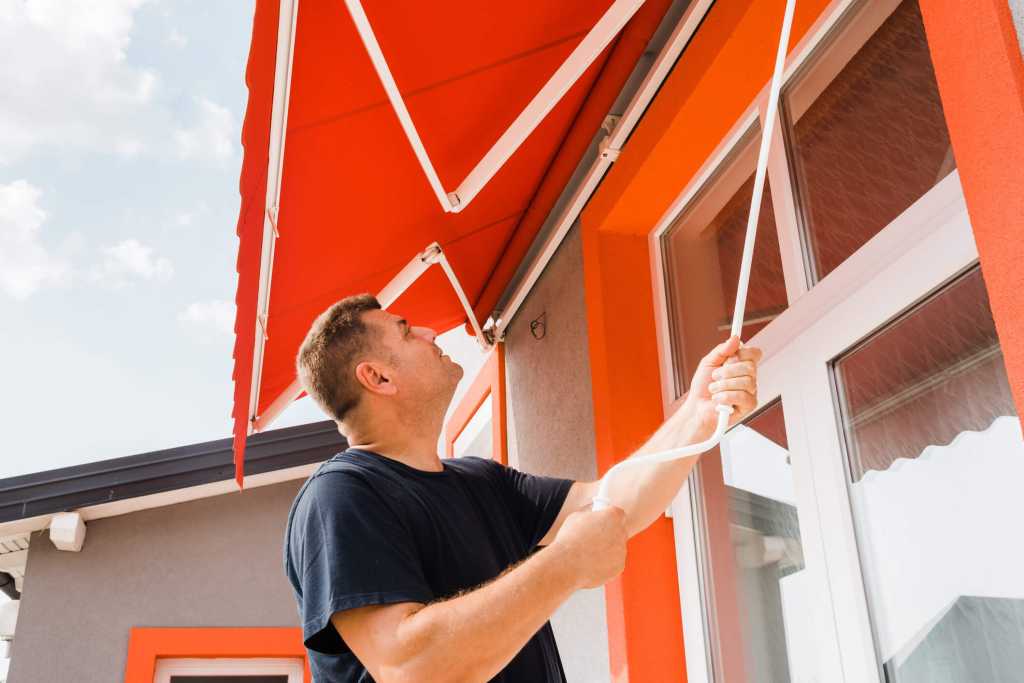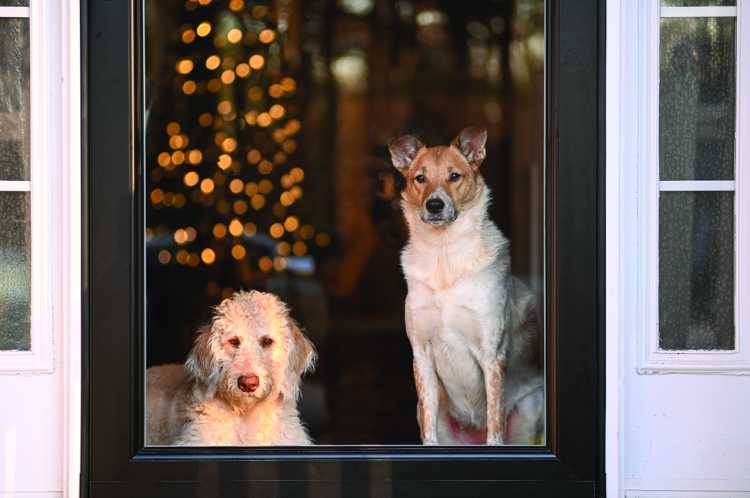Homeowners recognize that upgrades can improve the functionality and comfort of their homes.
Improving outdoor spaces has proven particularly popular of late. The National Association of Home Builders reports that outdoor living has been propelled to the top of homeowner wish lists. Plus, a recent survey conducted by the New Home Trends Institute found connection to the outdoors/nature and outdoor entertaining ranked high among desired home designs.
One way to make outdoor spaces more accommodating is through the installation of awnings. Many homeowners would like to enhance their homes with awnings but do not know where to begin. Learning about the various types of awnings can help homeowners determine which option best suits their needs.
FIXED AWNINGS
Fixed awnings are stationary on a building’s exterior. While the awnings are generally stable, they can be damaged by snow or wind. It’s key to find an installation expert to make sure the awning is installed correctly so that it can withstand weather and other issues. It’s also important to know that fixed awnings remain in the same position and orientation, so its best to know exactly where to place it beforehand.
RETRACTABLE AWNINGS
Retractable awnings are the most popular type of awnings because they can be extended when necessary to keep a space cool or protected, then rolled or folded up when not in use. These awnings are advantageous because they can be retracted when bad weather hits to prevent damage.
MOTORIZED RETRACTABLE AWNINGS
Motorized retractable awnings offer the utmost convenience. Standard retractable offerings require a handle or hand crank to manually extend or fold up the awning. Motorized awnings can be operated with a sensor, remote or even motion trigger. Even though they cost more, they’re a favorite among homeowners.
AREAS OF USE
Awnings can be installed in various locations. Patio awnings are much preferred because of their large coverage area, which typically spans entire patios. Door awnings are installed above the exterior door of an entryway to protect visitors and occupants from precipitation and to improve the home’s look. Window awnings can add additional shade and privacy. There also are side awnings, which are essentially wall-like structures that run across a patio, garden or balcony for wind or sun protection. They’re also utilized to improve privacy.
Homeowners can choose from various types of awning materials, including fabric, metal, glass and others. Working with a reputable awning company is the best way for homeowners to peruse possible products and find awnings that will suit their needs.
For more home improvement articles, click here.
Email tvecsey@danspapers.com with comments, questions, or tips. Follow Behind The Hedges on Twitter, Instagram and Facebook.




















